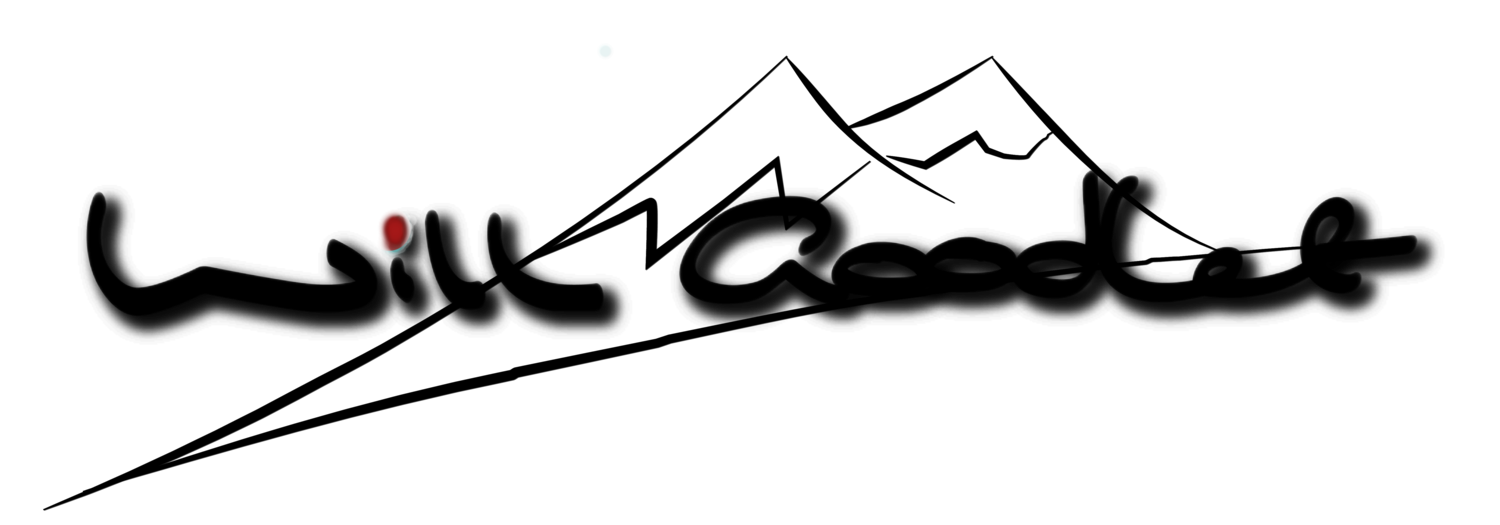Creating Wildlife Panoramas
For those who don’t know, photographs have very different aesthetic characteristics depending on the size of the sensor plane of the camera.
There is, for me, something very beautiful about the almost three dimensional quality of Medium Format and Large Format photographs.
Camera sensors come in all sorts of sizes, one you are probably familiar with is 35mm. 35mm is the standard size sensor used in many modern DSLR’s but it is actually a small format. Medium Format is much bigger and Large Format bigger still..
There is no standard size for Medium Format sensors and the current technical limit is about 50 x 40mm (compared to 35 x 24mm in a DSLR). In the old days of film, they were often much bigger at 60 x 70mm or even 60 x 170mm.
What all that extra sensor area gives us is a paper-thin depth of field over a much bigger scene. The subject seems almost to pop out of the image.
It’s a beautiful look but the big hurdle for most of photographers is one of cost. With prices starting at around R90,000 for a basic body and lens kit and rapidly spiralling upwards of R500,000 for more expensive camera systems. And this is just for fashion and portrait type gear.
So how does one simulate that ‘Medium Format Look’ and how does one do it for wildlife?
One way to achieve something similar is to use a telephoto lens, which compresses a scene and often blurs the background. The difficulty with this is that the 35mm sensor plane gives us a very narrow field of view. Not really a ‘Medium Format look’.
However, you can establish the subject in a wider field of view by snapping 6 to 8 shots around the subject. This is almost (but not quite) like using a larger sensor because the extra shots simulate what that large sensor would have recorded in a single frame. The telephoto’s natural shallow depth of field simulates the Medium Format look by creating creamy out of focus areas.
Sounds simple right?!
But before you get started I’d like to share some tips:
Do not use too shallow a depth of field because if you do the stitching software will not be able to stitch the images together. There will be no register or identifiable points that are the same in the edges of the images. This is particularly true for the sky.
Try to take one shot that is framing the whole subject. The reason for this is that the animal will almost certainly move during the process. Having it framed in one shot means that you can build the rest of the scene around it without any missing bits of animal.
Shoot in manual mode with manual white balance - this ensures that the exposures do not change tone or colour during each frame. This is very important to make a beautifully blended composition.
Note any shadows - moving animals will change them, so be sure that the first additional stitch images are of the shadows.
This one is 15 shots and is 1.8m wide at 300DPI! The sense of detail is lost on the web though.
Once you have 8 or so shots of the subject and background you can stitch these together for wonderfully detailed Medium Format-like results.
You can achieve this using Adobe Lightroom, Photoshop or the free and excellent experimental Microsoft ICE (it is mind-blowingly good and clearly there were some brilliant and bored engineers working at Microsoft that day who decided to make this wonderful software for free).
In Lightroom CC, highlight the images in the Library and right click them. In the dialogue box that appears, select "Photo Merge" then "Panorama". Follow the instructions on the screen to complete the panorama.
Generally, the "Cylindrical" option gets the best results but you can play around and see what works.
Hope to see some great images, enjoy and Good luck!
Right-click, select 'Photo Merge' then 'Panorama'
Lightroom Panorama Dialogue Box
Completed Panorama



















